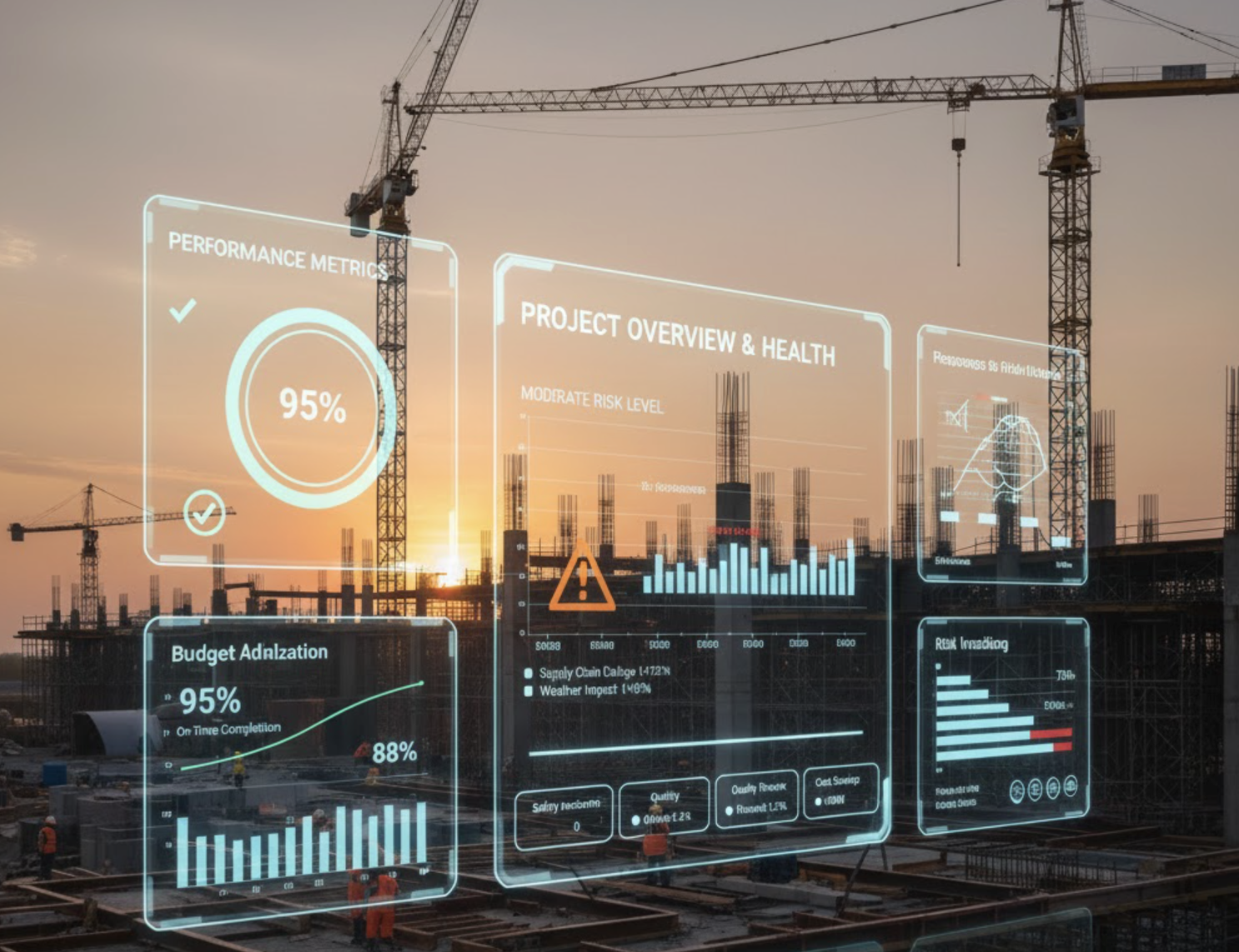Why Early Risk Identification Saves Millions in the Middle East
In the ever-evolving landscape of construction and project management, the significance of early risk identification cannot be overstated. Especially in the Middle East, where economic and operational challenges arise frequently, having robust construction risk management practices in place can save companies millions. Leveraging tools such as construction project management software and adopting a proactive stance towards risk mitigation enables organizations to navigate uncertainties effectively.
Financial Benefits
Early risk identification translates directly into cost savings. By identifying potential pitfalls before they escalate, organizations can avoid costly mistakes that drain financial resources. With the help of advanced analytics within AI-driven construction management tools, companies can easily spot emerging risks and implement timely actions. For example, utilizing construction financial management tools can lead to substantial savings through careful budgeting and resource management.
Moreover, early identification of risks improves efficiency in operations. Proactive measures minimize waste and optimize resource allocation, further enhancing cost-effectiveness across projects. Construction financial tracking software also helps in maintaining transparency and accountability for financial expenditures, making it simpler to prevent overruns.
Operational Benefits
Engaging in early risk identification strengthens an organization’s resilience against potential threats. In a volatile environment like that of the Middle East, companies need to establish robust risk management frameworks to withstand various challenges. Proactive risk identification cultivates a culture of preparedness, enabling teams to brace for the unexpected.
In addition, valuable insights from early risk identification empower managers to make informed decisions. With tools like AI-powered project management software, organizations can assess risks dynamically, allowing for adjustments in strategy that capitalize on opportunities while safeguarding against threats.
Strategic Benefits
Organizations that effectively manage risks position themselves advantageously within the competitive landscape of the Middle East. A strategic grasp of risk management not only navigates complex legal environments but also nurtures growth opportunities. By ensuring regulatory compliance, companies can operate seamlessly, avoiding legal setbacks that could hinder progress.
In conclusion, comprehensive risk management practices are vital in ensuring stability in the Middle East’s construction sector. Incorporating frameworks like ISO 31000 and specialized software can streamline construction document management and risk response, creating a foundation to thrive amid uncertainties.
Tools and Frameworks for Risk Identification
Implementing risk management frameworks such as ISO 31000 significantly contributes to systematic risk identification and management. These frameworks, when combined with specialized software like RiskWatch and RiskLens, enable organizations to categorize and respond to identified risks appropriately. Additionally, the integration of BIM (Building Information Modeling) and alerts from construction submittal software assist in maintaining a clear view of ongoing project risks.
Moreover, the digital transformation within the industry heightens the capacity for risk assessment. Advanced analytics plays an essential role in driving data-informed decisions, leading to accurate assessments and immediate action for adverse events. By utilizing construction project tracking software, construction managers can continuously monitor risk events in real time.
Collaborative Efforts and Knowledge Sharing
Industry collaboration is another crucial facet of enhancing risk management processes. Groups such as the Gulf Risk Management Group (GRMG) and the Middle East Risk and Insurance Management Society (MERIM) actively promote knowledge sharing among risk managers. These collaborations foster a community focused on best practices, helping to elevate the standards of risk management across the region.
Regional Risk Landscape
The financial sector within the Middle East is marked by a rapidly evolving risk landscape. The need for practical risk management strategies is more pronounced than ever. Organizations that adapt to changing regulations and utilize advanced risk analytics are better positioned to mitigate various risks associated with compliance and operational challenges.
Best Practices
To achieve comprehensive risk identification, organizations must conduct thorough documentation and analysis of potential risks. This practice helps businesses understand their vulnerabilities and allocate resources effectively, ensuring successful project completions. Additionally, employing tools like construction lifecycle management software fosters a proactive approach to risk.
Real-time monitoring through advanced analytics aids in analyzing risk events as they occur, allowing for prompt actions and improved risk mitigation. Tools like AI risk management in construction provide insights that are critical for maintaining operational integrity.
How Zepth Can Help
Zepth offers valuable resources to enhance early risk identification and management, save costs, and improve operational efficiencies. With expertise in advanced analytics, Zepth helps organizations uncover and manage risks effectively.
By implementing frameworks such as ISO 31000 and utilizing our risk management tools, companies can streamline their risk identification processes significantly. Furthermore, Zepth’s capabilities in digital transformation elevate risk management practices, ensuring compliance with the regulatory standards inherent in the Middle East.
For a deeper dive into how Zepth can enhance your risk management process, explore our Why Zepth? page and see how our solutions are tailored to meet the distinct challenges in the construction landscape of the Middle East.




